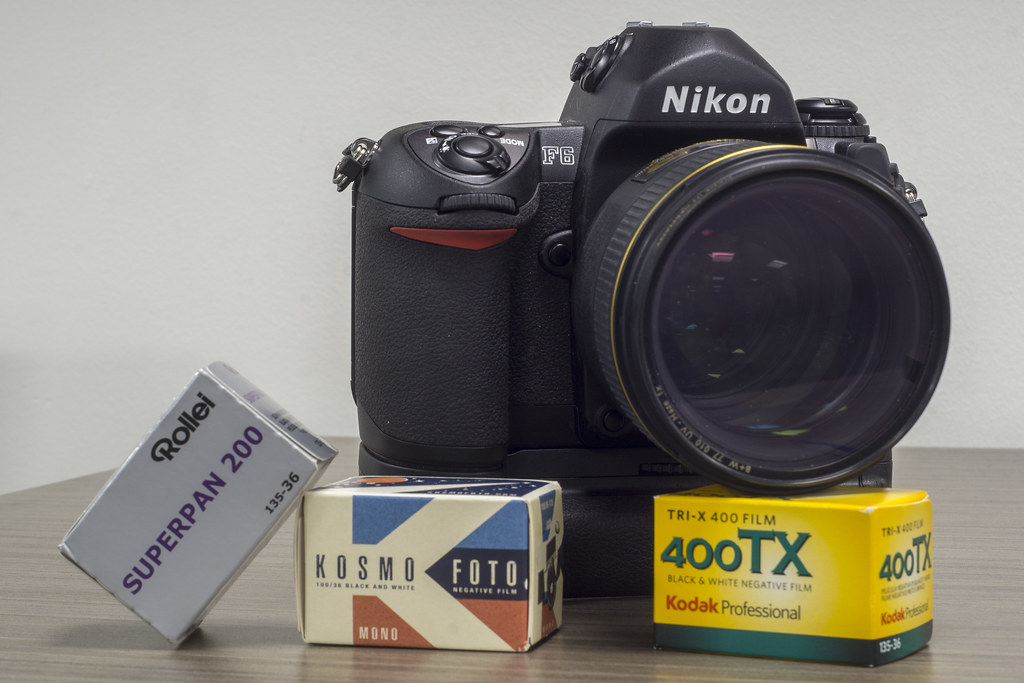

If a Kodak film is too blue, as the Ektachrome is here, it must have been a consumer-grade film that has not aged properly/fully. Whilst I have tried to show similar shots on both film and digital in this “versus” article, we managed to create a shortlist of over 60 fantastic images with some real depth and variety.

The whole shoot (both office and ruins) was a great success and a thoroughly enjoyable experience. It made for a sense of anticipation when we finally reviewed the output from the whole shoot with both film and digital images standing alongside each other. I did make a point of not sharing the images with my model after the shoot until the films were back from developing. Having the digital shots there and then was really important for working with a model, it helped create real energy and excitement on the shoot. Hot tip: Always carry an umbrella, especially on a portrait shoot! It made a great fun prop for the model to play with.Īlways take an umbrella! Digital on the left, slide film right. It did appear to lose me a little dynamic range but ultimately was the right decision there would have been a lot of dark slides if I hadn’t realised my mistake.īoth of the above taken on the Nikon Z6 and NIKKOR Z 24-70MM f/4 S As a direct result of this, I decided to ask the lab to push process the film +1 stop when developing. The digital workflow paid dividends in the ruins, I processed the digital images before sending my films off for development and realised I had managed to slightly under-expose the majority of the shots. Moving on and I love both the film and digital images in this next example. The Nikonos V: The underwater & on-land adventure camera
Used nikon f6 how to#
Our reception has an amazing feature wall which was too good not to use, took us ages to work out how to turn off the halogen spotlights though. I switched the lens on the Z6 this time on the Z6 to the NIKKOR Z 85mm f/1.8 S.

Next up, one from the office reception area. I scan my slide films using the Z6 but try to keep the colours close to what my eye sees on the film. The film image has more contrast and for some reason, I wasn’t trying as hard to get my framing as precise as the digital version. In this case, I like both images, the Z6 (left) clearly has more dynamic range and a warmer look to the image.
Used nikon f6 full#
The F6 had a NIKKOR 50mm f/1.8 AF-D lens again at f/4.ĭigital on the left, slide film on the right Note: Click/tap to view all images in this article full screen For the image below, I used a NIKKOR Z 24-70MM f/4 S lens on the Z6 at 34mm and f/4. I used a Nikon SB800 flash off-camera on a wireless trigger for all of the images and will start with some of the images from the office shoot. This is about what can be created with two cutting-edge creative tools. Note: This is not a review of the cameras (the F6 is fantastic by the way), as that has been done to death by other websites. What follows are some of my favourite images and a bit of a comparison between the two different technologies.

This proved a fantastic way of working and created a really wonderful selection of images with favourites from both digital and film cameras. The workflow I opted for was to get lighting and settings nailed on a digital camera (the Nikon Z6), before transferring those settings to the film camera (a Nikon F6). One in the office space and one on location in a local ruin. Over the course of a couple of months, we planned and executed two photoshoots. EMULSIVE Santa match confirmations have been sent out to this year's 850 players! If you have any questions about your match or the process, please reach out via Elfster ASAP.


 0 kommentar(er)
0 kommentar(er)
